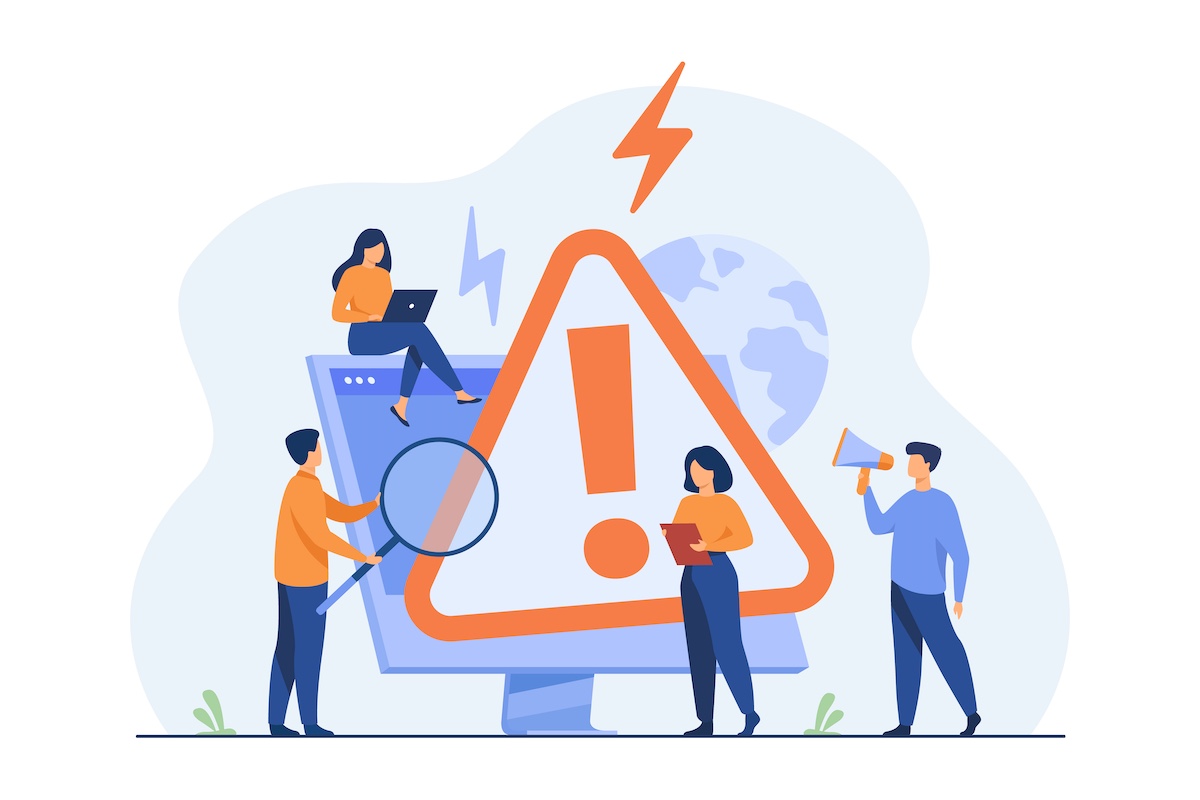Have you ever opened a bill and spotted an error straight away? Or received two letters from the same company that completely contradicted each other? It’s frustrating, isn’t it? You’re left wondering if you can really trust that business.
Now imagine this happening to thousands of customers at once. According to PwC, 32% of all customers say they’d switch providers after just one or two poor communication experiences. That’s how powerful communication errors can be.
The truth is, communication mistakes don’t just irritate customers, they drain time, money and reputation from businesses. And yet, many organisations still treat them as minor hiccups. In this article, we’ll explore the real cost of communication failures, why they happen so often and what you can do to prevent them.
The True Cost of Communication Errors
Financial costs
Think about the expense of reprinting thousands of statements, handling a flood of calls from confused customers, or issuing refunds because of incorrect information. These aren’t small, one-off costs. They pile up quickly. The Atlantic highlights that poor communication drains up to $1.2 trillion from businesses every year.
Reputational damage
Trust takes years to build, but only a moment to lose. When customers receive the wrong bill or confusing instructions, they’re more likely to question whether they’re with the right provider. In industries like banking or insurance, one communication mistake could be enough to make them move to a competitor.
Compliance risks
Regulators such as the FCA or GDPR watchdogs don’t take kindly to mistakes. Sending sensitive information to the wrong person, or failing to provide accurate legal documents, can lead to heavy fines and headlines you don’t want your business in. Here, communication failures go from being an inconvenience to a real threat.
Operational inefficiency
How many hours do your staff spend fixing issues that could have been avoided? Chasing down missing information, correcting data, or calming angry customers takes time and energy away from work that could actually support growth.
Common Communication Failures in Organisations
If any of these sound familiar, you’re not alone:
- You send a letter that says one thing, but the email says another.
- A customer calls in furious because their details are wrong, again.
- The template you use is so unclear that customers phone just to ask what it means.
- Your teams work in silos, storing content in different systems, so nobody knows which version is right.
How to Prevent Communication Errors
The good news? These problems aren’t inevitable. Here’s what works:
- Centralise your content: When everything lives in one place, you avoid duplication and make sure everyone’s working with the same, correct version.
- Automate and use templates: Less manual work means fewer slip-ups. Templates also make it easier to keep your tone and layout less consistent.
- Check your data: If you’re using outdated customer details, errors are unavoidable. Regular data cleansing is essential.
- Harmonise your channels: Whether it’s a letter, email, or text, the message should always line up. Customers should never get mixed signals.
- Test before you send: A quick review process can catch mistakes before they reach customers.
This is where tools like Sefas’s Harmonie Communication Suite really help. By centralising resources and harmonising paper and digital communication, it makes errors far less likely. It’s a practical way to keep your customer messages clear, consistent and accurate.
The Strategic Value of Getting it Right
Fixing problems is important, but getting communication right from the start is even more powerful. Here’s why:
- Customers who trust you are more likely to stay loyal.
- Clearer processes save time and money for your teams.
- Strong compliance means fewer risks and less stress.
- A solid communication framework sets you up for digital transformation.
At the end of the day, communication errors are costly, but they’re also preventable. By addressing the root causes and investing in the right tools and processes, organisations can cut down on communication failures, strengthen compliance and build trust that lasts.
For over 25 years, Sefas has been helping businesses do just that. From harmonising paper and digital channels to supporting millions of documents at scale, their expertise makes it easier to avoid the pitfalls of poor communication and focus on delivering real value to customers.
Now is the perfect time to review your communication processes. When you make improvements, the results show up quickly: fewer complaints, greater efficiency and happier customers. And if you’re worried about the effort involved, don’t be concerned. With partners like Sefas, you don’t have to overhaul everything at once. Change can be gradual, tailored to your needs and far less disruptive than you might expect. Contact the team at Sefas today.


